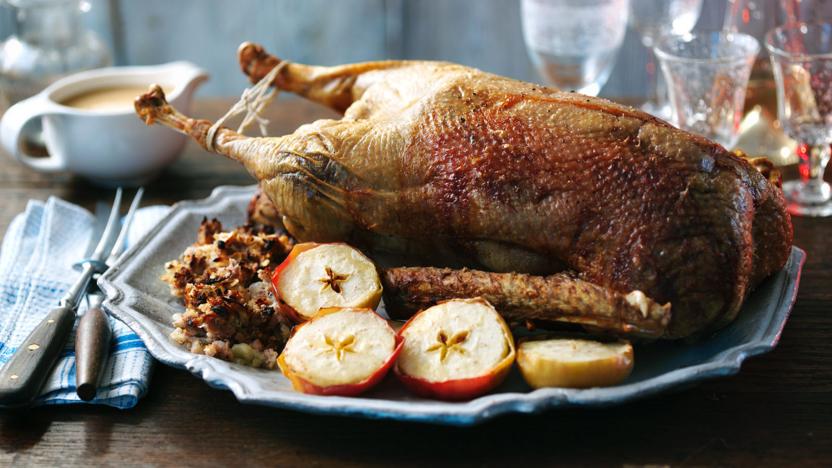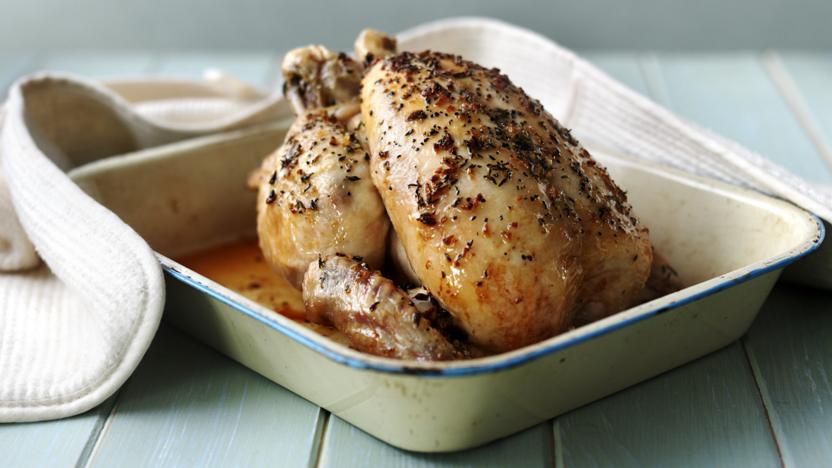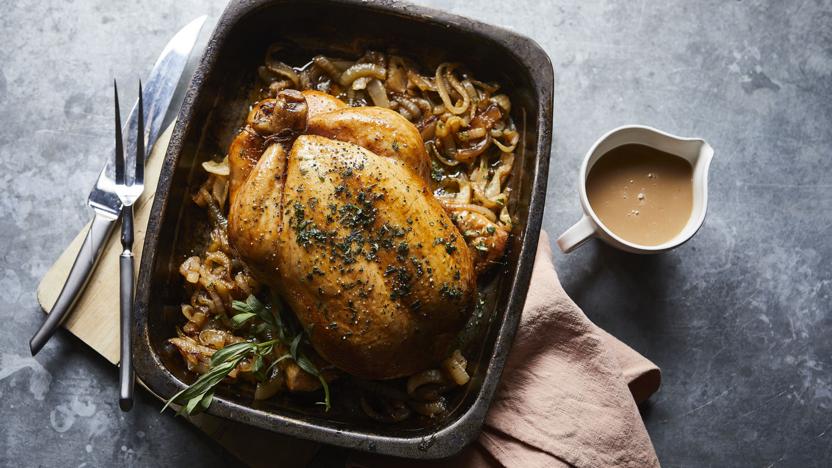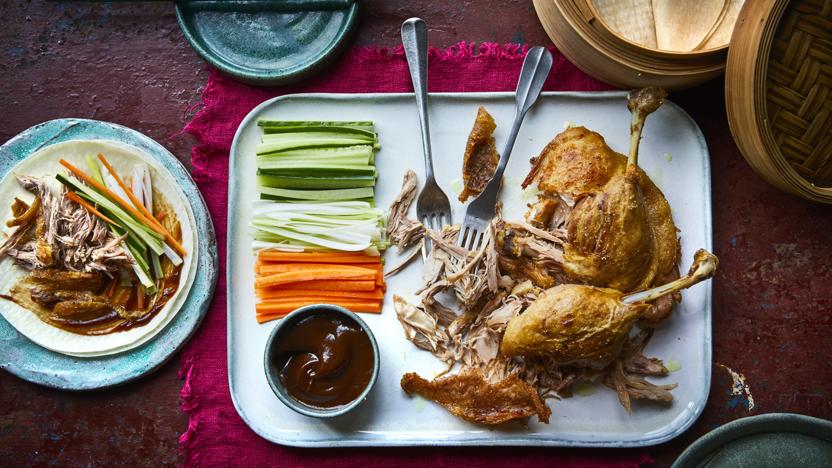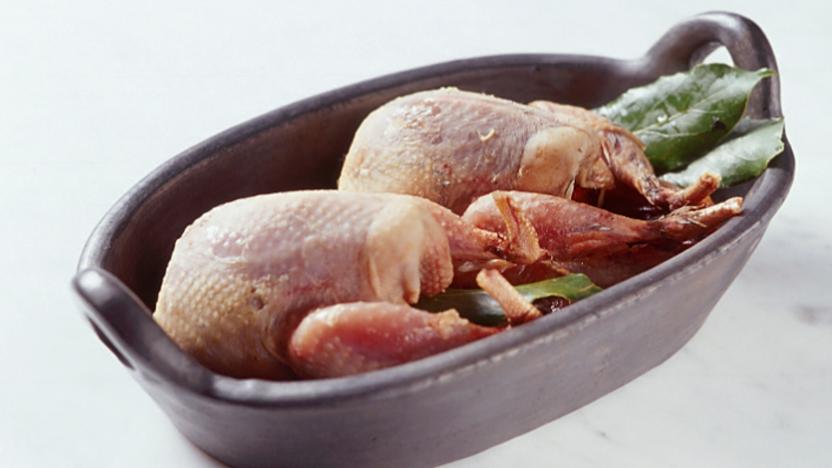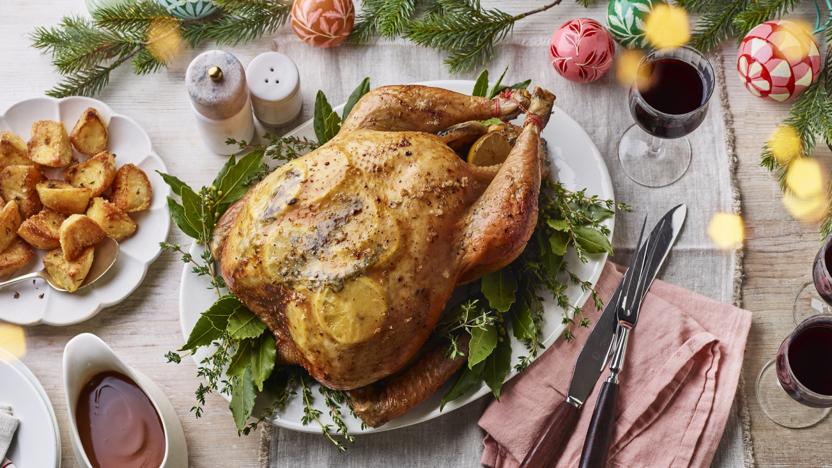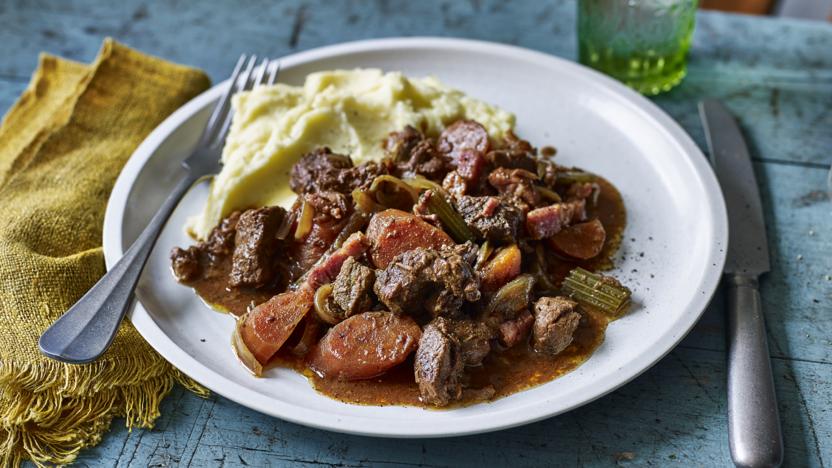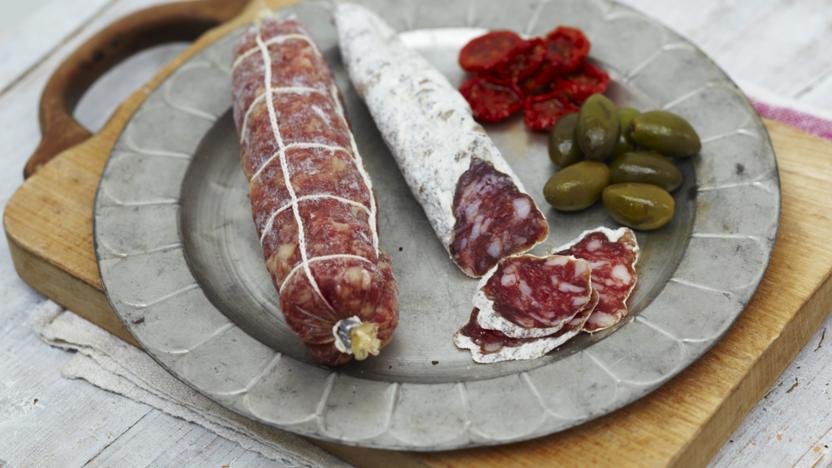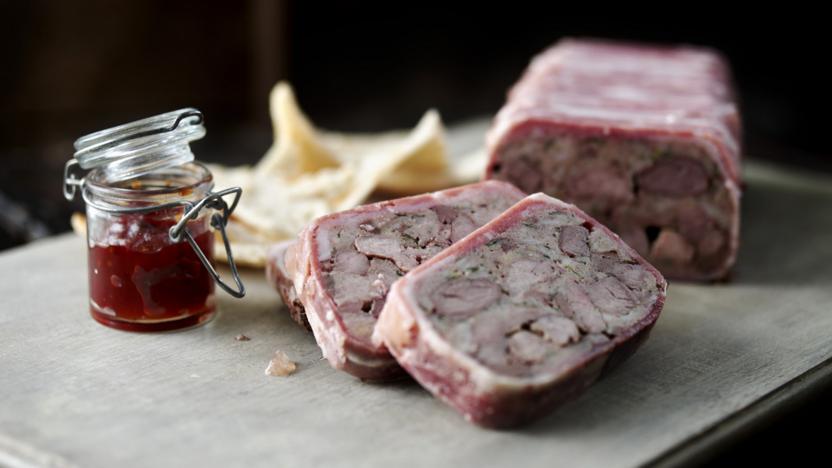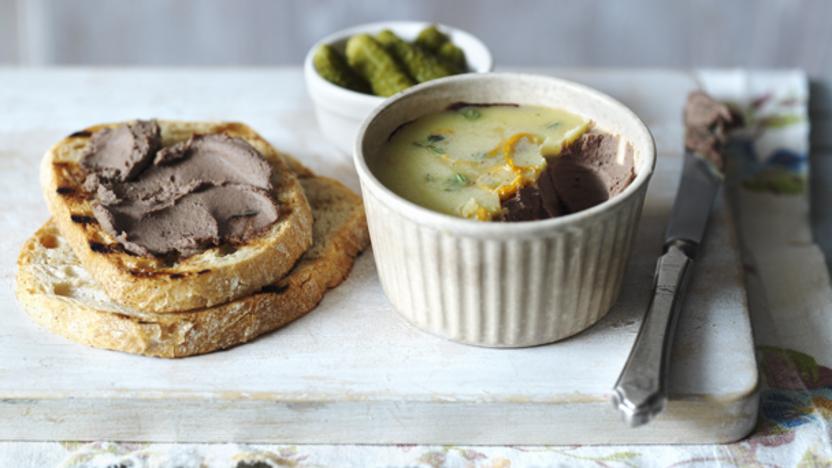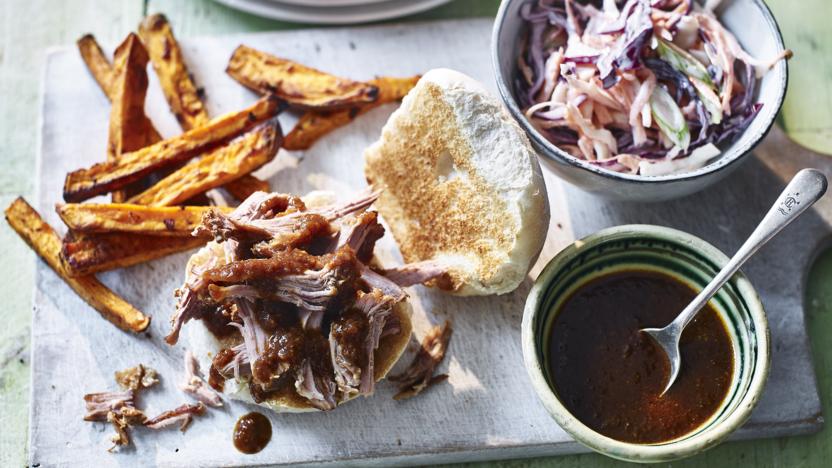Poultry recipes
Poultry refers to domestic fowl and includes chicken, turkey, goose, duck and guinea fowl (and sometimes quail, although this is often still classified as game).
Buyer's guide
You'll pay more for a free-range or organic bird at a farmers' market, specialist butcher, online supplier or supermarket, but you'll almost certainly discover what the meat 'used to taste like' in the days before the birds were intensively reared.
Buying a whole bird is often cheaper than buying individual cuts – for example, for the same price as two chicken breasts you can usually buy a whole chicken, which will yield two breasts, two drumsticks, two thighs, two wings and a chicken carcass with which to make your own stock.
When buying fresh chicken from a supermarket, make sure the meat is well-wrapped with no seepage. Make sure the limbs, flesh and skin are undamaged and the meat looks firm and plump and smells fresh. Birds hung in the butcher's for at least three days have a much better flavour; most frozen birds aren't hung. When choosing frozen birds check the wrapping is intact, that there are no ice crystals or discolouration and that the skin isn't damaged.
Most poultry is available year-round, though turkey and goose are still seen as Christmas birds.
Storage
Fresh poultry should be stored in the coldest part of your fridge and cooked and eaten within a couple of days. Make sure it can't touch or drip onto other food, especially ready-to-eat foods. If the bird contains giblets you should remove these and store them separately in a covered bowl or container.
To freeze poultry, leave it in its original packaging and freeze on the day of purchase. It can be frozen for up to three months.
To store cooked poultry, cool it quickly then cover and store in the refrigerator for two days at the most. If reheating, ensure it's reheated thoroughly.
Defrost poultry as slowly as possible in the fridge - quick thawing increases the risk of food poisoning. Remove any giblets to allow the thawing to start from inside the cavity. It will probably take around two days for a medium-sized bird to defrost completely.
